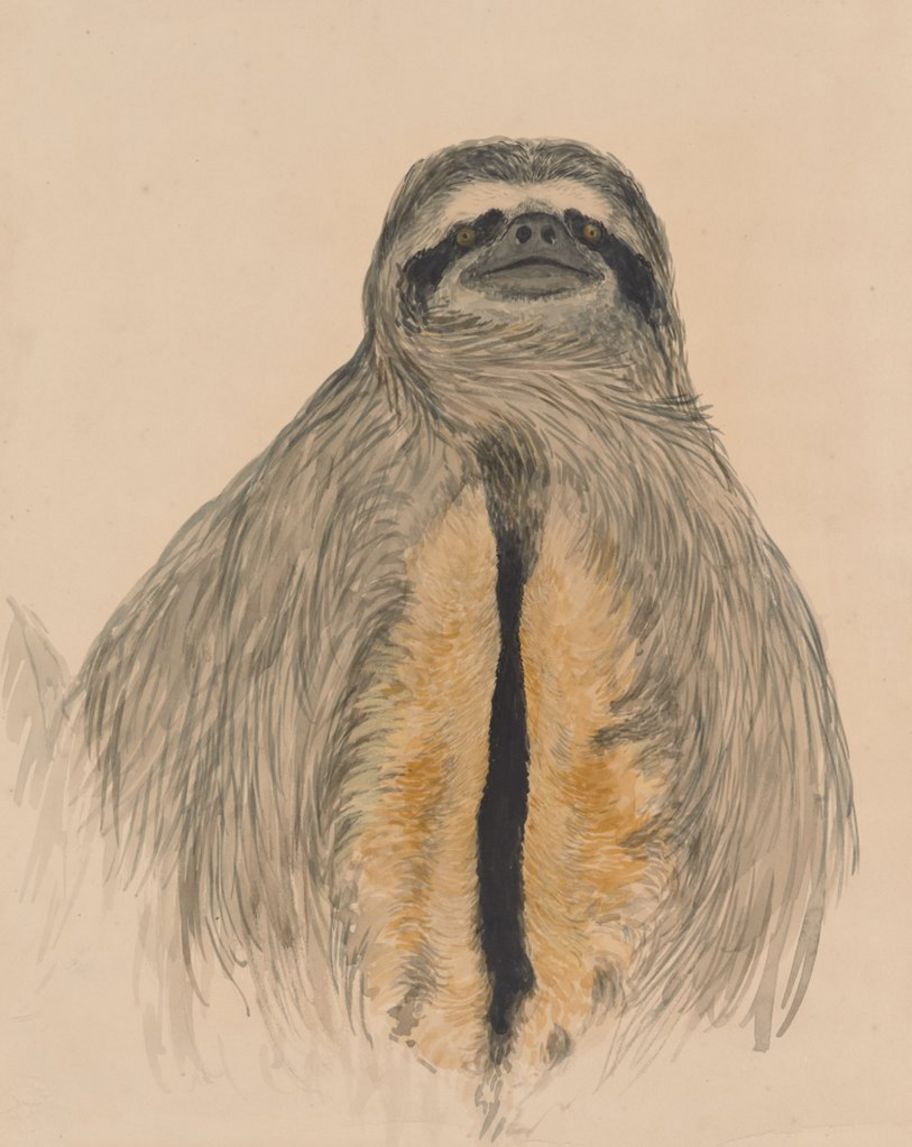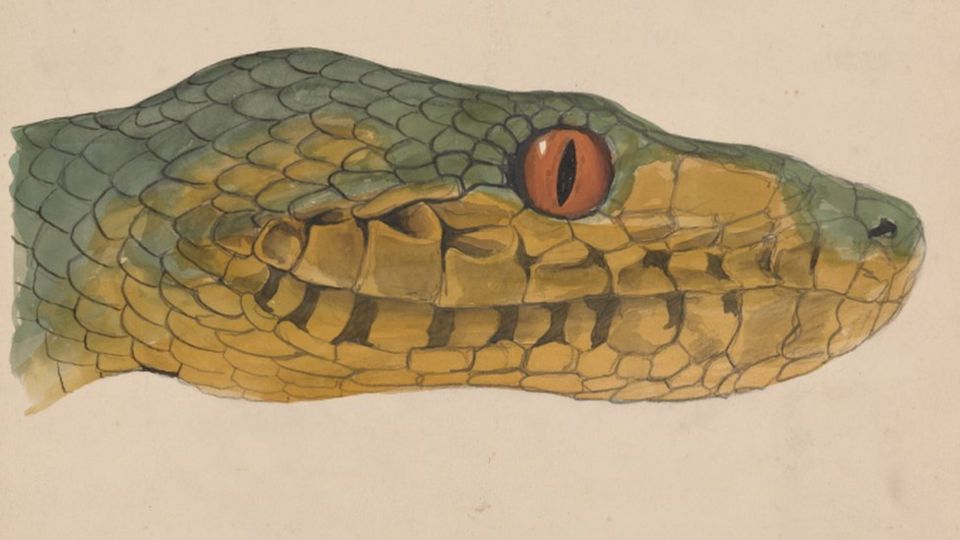Explore a New Archive of 2,200 Historical Wildlife Illustrations (1916-1965): Courtesy of The Wildlife Conservation Society

Between the 1910s and the 1960s, a nature-lover with a sure artistic hand and a yen to see the world could have done much worse than signing on with the Wildlife Conservation Society. During those decades, when the WCS was known as the New York Zoological Society, its “Department of Tropical Research (DTR), led by William Beebe, conducted dozens of ecological expeditions across tropical terrestrial and marine locales,” says the organization’s web site. This long-term project brought together both scientists and artists, who “participated in field work and collaborated closely with DTR scientists to create their illustrations.”

Now the fruits of those artistic-scientific labors have come available in a free online archive containing “just over 2,200 digitized color and black-and-white illustrations of living and non-living specimens created by DTR field artists between 1916 and 1953.”
Their subjects include “mammals, birds, reptiles, amphibians, fish, insects, marine invertebrates, plants, and fungi,” all originally found in places like “British Guiana (now Guyana), the Galápagos Islands, the Hudson Canyon, Bermuda, the Gulf of Mexico and the Eastern Pacific Ocean, Venezuela, and Trinidad.”

It was in Trinidad and Tobago that Beebe established his first ecological research station in 1916 — and where his long life and career came to an end more than 45 years later. “Although Beebe’s name is unfamiliar to most today, he was a celebrity scientist in his time,” says the WCS’ about page. “The DTR’s expeditions were covered by the popular press, Beebe’s accounts were bestsellers, and he and the DTR staff published hundreds of articles for both scientists and the general public.” Published in not just specialist media but National Geographic and The New York Times, their illustrations captured the color and movement of the natural realm with a detail and vividness that photography couldn’t.

“Ranging from depictions of single specimens to complex narrative images that show where and how animals lived,” these images are available in geographically and chronologically organized collections at the WCS’ online archive. As many as possible are credited to their artists — Isabel Cooper, Toshio Asaeda, George Alan Swanson, Frances Waite Gibson, and others — which ensures that this wealth of nature illustrations will do its part to not just renew interest in Beebe’s life and work but generate interest in those who entered into this adventurous collaboration with him. But then, Beebe himself articulated best what we can learn from appreciating these works of scientific art: “All about us, nature puts on the most thrilling adventure stories ever created, but we have to use our eyes.”
Enter the WCS archive here.
Related Content:
Two Million Wondrous Nature Illustrations Put Online by The Biodiversity Heritage Library
The Meticulous, Elegant Illustrations of the Nature Observed in England’s Countryside
A Beautiful 1897 Illustrated Book Shows How Flowers Become Art Nouveau Designs
Based in Seoul, Colin Marshall writes and broadcasts on cities, language, and culture. His projects include the Substack newsletter Books on Cities, the book The Stateless City: a Walk through 21st-Century Los Angeles and the video series The City in Cinema. Follow him on Twitter at @colinmarshall or on Facebook.
Explore a New Archive of 2,200 Historical Wildlife Illustrations (1916-1965): Courtesy of The Wildlife Conservation Society is a post from: Open Culture. Follow us on Facebook, Twitter, and Google Plus, or get our Daily Email. And don't miss our big collections of Free Online Courses, Free Online Movies, Free eBooks, Free Audio Books, Free Foreign Language Lessons, and MOOCs.
from Open Culture https://ift.tt/3tQKfxO
via Ilumina
Comments
Post a Comment